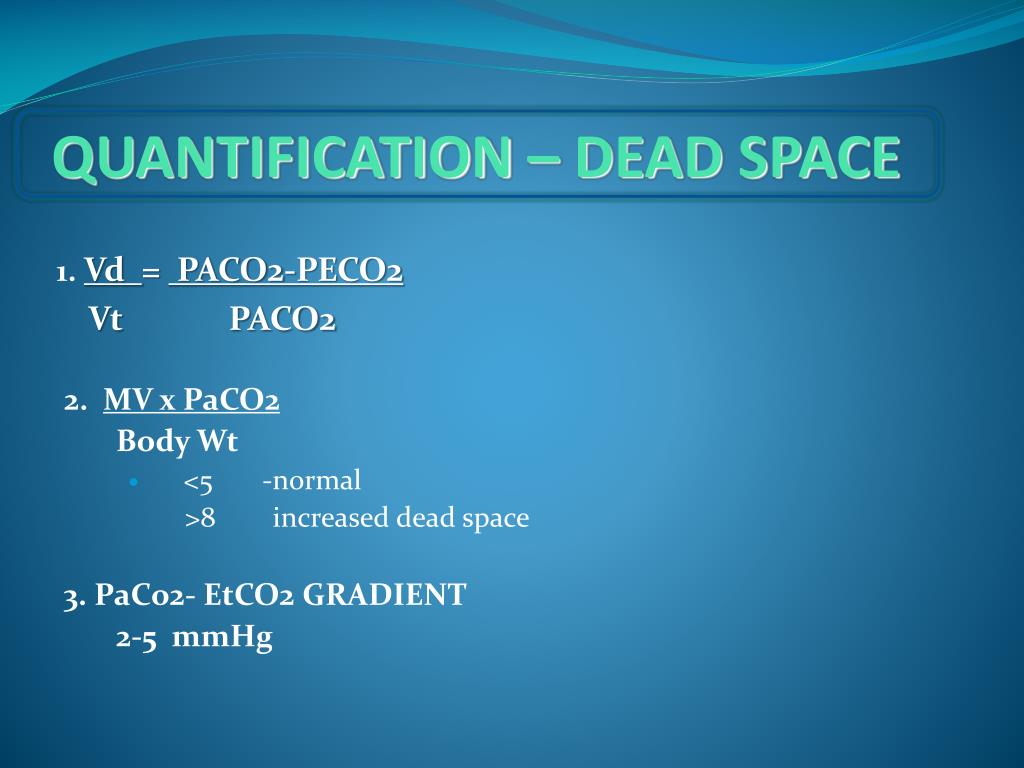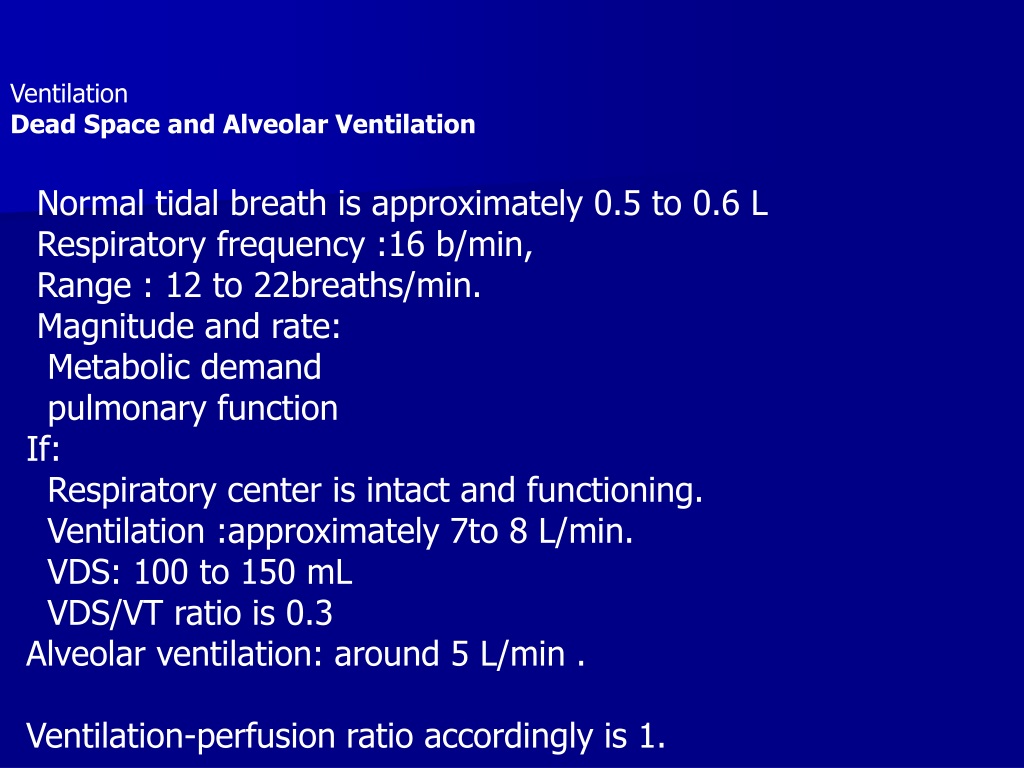
Traditionally, invasive monitoring has been used to assess cardiac output and adequacy of ventilation, but invasive monitoring has the potential for substantial risks and complications.

Both V/Q mismatch and LCOS are associated with prolonged mechanical ventilation, ICU length of stay, hospital length of stay (LOS), and increased cost. Patients with congenital heart disease (CHD) that have surgical repair with cardiopulmonary bypass (CPB) reflect a unique population with multiple pulmonary and systemic factors that may contribute to increased ventilation-perfusion (V/Q) mismatch and low cardiac output syndrome (LCOS). Increased AVDSf values at 23–24 h postoperatively is associated with mortality in patients with CHD exposed to CPB. In the immediate postoperative period of pediatric patients with CHD, high AVDSf is associated with longer hospital length of stay and duration of invasive mechanical ventilation.

AVDSf > 0.25 at 23–24 h postoperatively was an independent predictor of mortality with sensitivity and specificity of 83% and 80%, respectively and was superior to other commonly used surrogates of cardiac output. The area under the ROC curve at 23–24 h for AVDSf was 0.868 to predict mortality as an outcome. For every 0.1 increase in the AVDSf, the odds of mortality, DMV, and hospital LOS increased by 4.9, 2.06, and 1.43, respectively. Cross-sectional analyses at 23–24 h revealed that AVDSf > 0.25 predicts mortality and DMV ( p = 0.03 and P = 0.02 respectively) however, it did not predict prolonged hospital LOS. Over the first 24 h, mean AVDSf was significantly higher in patients who had longer hospital length of stay (LOS) (> 21 days) p = 0.02, and longer duration of invasive mechanical ventilation (DMV) (> 170 h) p = 0.01. One hundred and two patients were included in the study.

A single-center retrospective review study of critically ill children with CHD, younger than 18 years of age admitted to the Pediatric Intensive Care Unit (PICU) after undergoing surgical repair on CPB and received invasive mechanical ventilation for at least 24 h. This study aimed to assess and compare changes in the alveolar dead space fraction (AVDSf) in the immediate postoperative period with outcomes in children with CHD who underwent repair on CPB. Patients with congenital heart disease (CHD) that have surgical repair with cardiopulmonary bypass (CPB) reflect a unique population with multiple pulmonary and systemic factors that may contribute to increased alveolar dead space and low cardiac output syndrome.


 0 kommentar(er)
0 kommentar(er)
